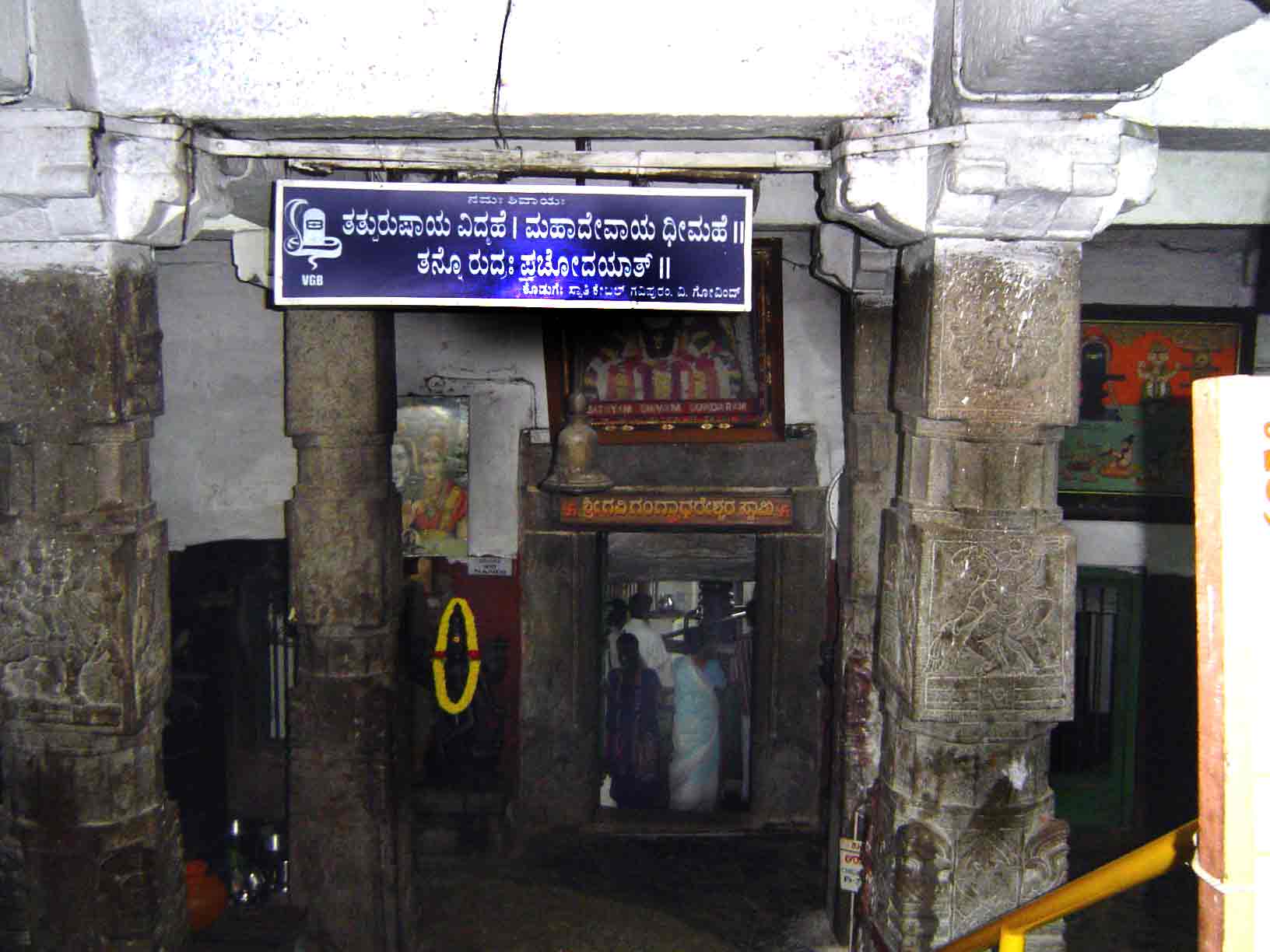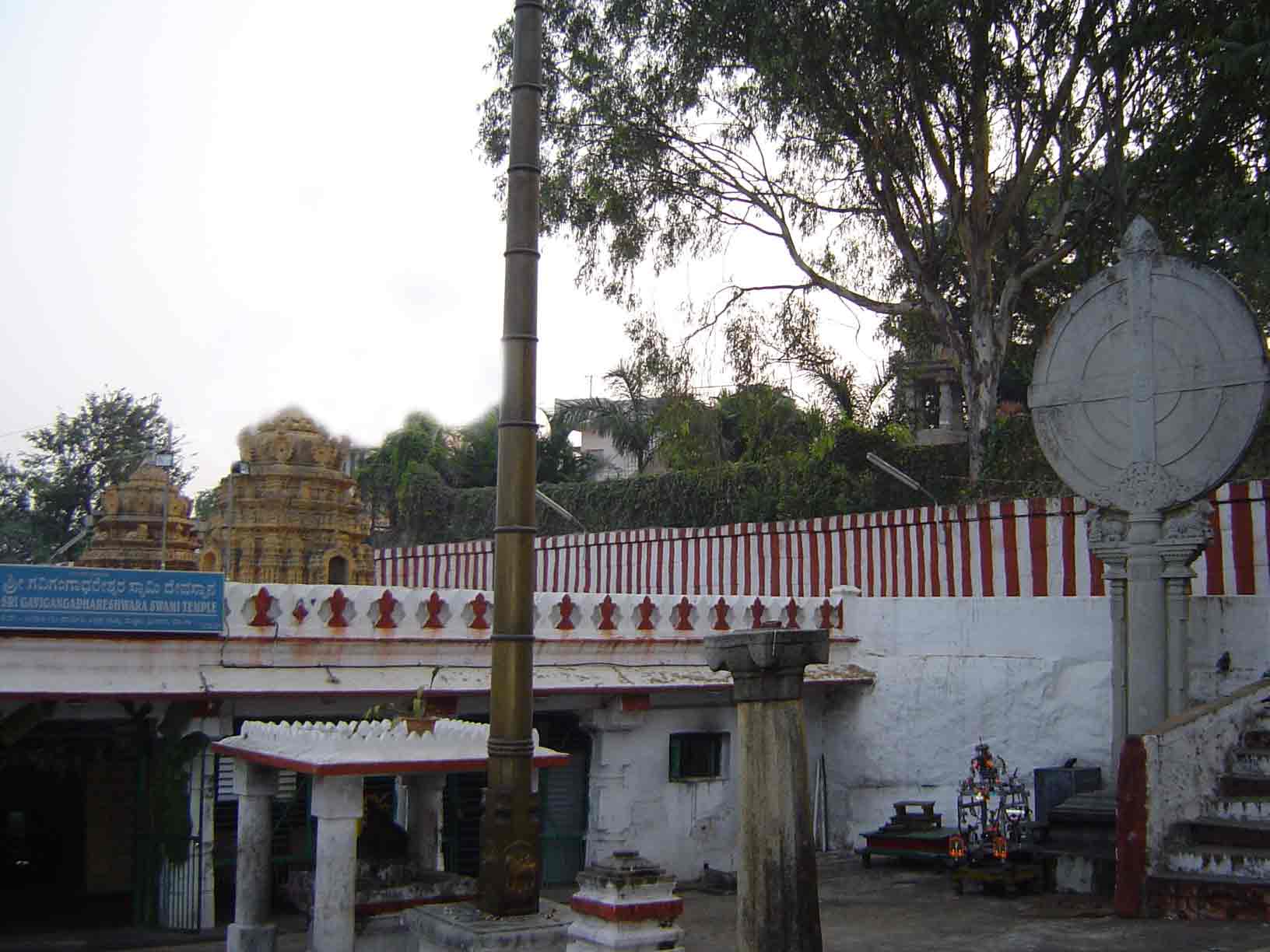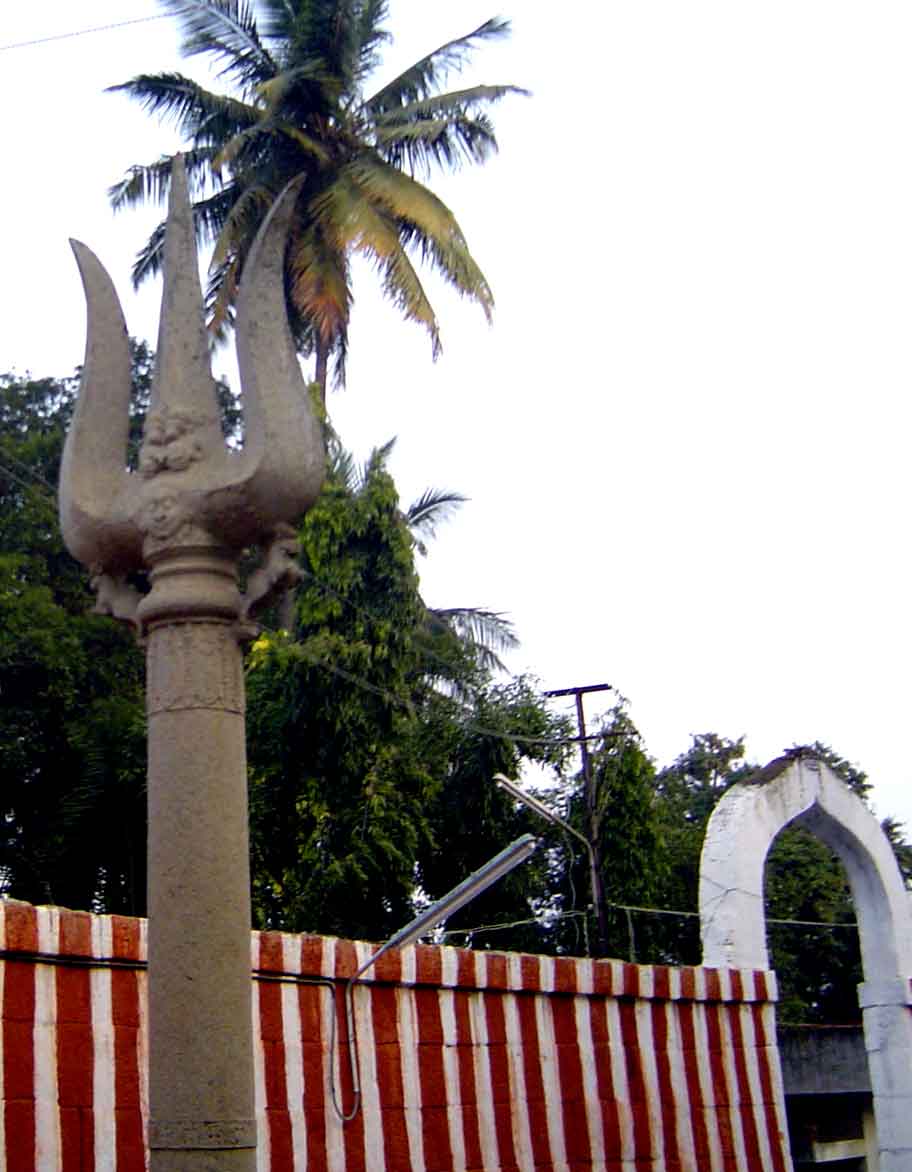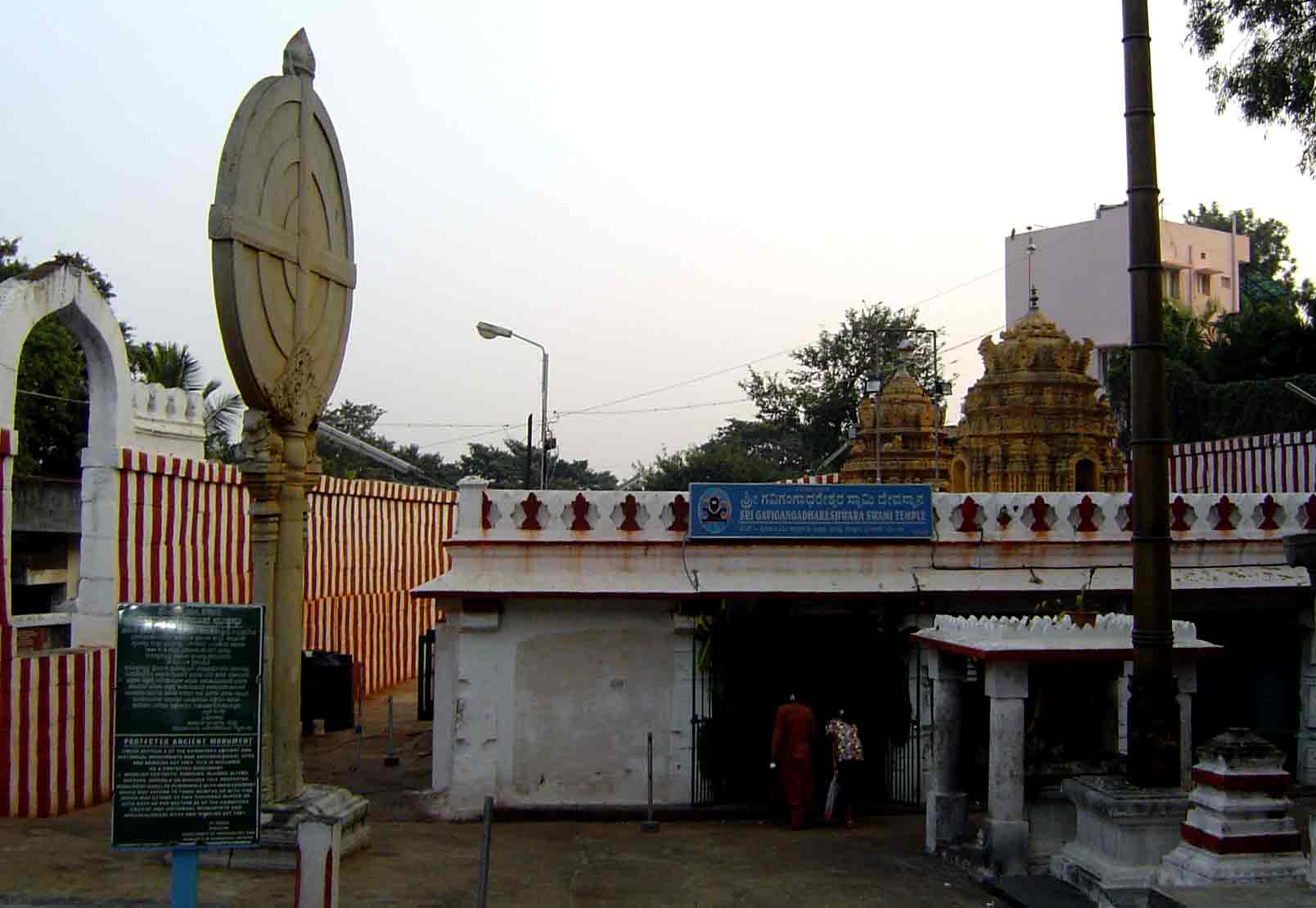
Special New Year's Yagya
|
|
|---|---|
 |
|
Gangadhareswara Cave TempleAfter entering the temple one walks down into the entry-way where the Agni murti is located. Continuing into the temple through the doorway seen here, one enters the inner area of the temple where the Shiva Lingam is found. Our abishekam yagya will take place first in the room seen here where there are murtis for Ganesha and Agni, and conclude with a full scale abishekam for the Shiva Lingam in the inner room seen through the doorway here. |
|
The Agni Murti |
|
The temple has many unique features including a special Shakti Ganapati; a powerful form of Ganesha where he has 12 arms and hands instead of the two or four that are usually seen. Additionally, the temple contains the only temple murti for Agni in all of South India. Because we organize 10 days of fire yagyas each month (over 120 days each year), it is fitting to do a yagya for Agni, the yagya fire, so that he will empower and bless our yagyas during the coming year.
There is one other feature of this temple worthy of note; Every year on 14th/15th of January (the day the Sun begins to move northwards, called Makara Sankranthi, which marks the celestial spring) a ray of sunlight passes precisely through the horns of the stone bull (Nandi) outside the temple and falls exactly on the Shiva Lingam inside the temple. | |
Photos from the 2005 Yagya | |

| The temple is over 1,100 years old. In the main courtyard, you can see two round discs; one for the Sun and one for the Moon. The is also a large trisul (Shiva's trident) which you see in the lower left photo. The entrance to the temple is in the middle of the photo below. |

| 
|
| Traditionally in South India the temple murtis are carved from a greenish granite which turns a deep black color when rubbed with sesame oil. In the image on the upper left, you can see the 2 faces of Agni. In the lower image his multiple arms are visible and in the full length image you can see all the detail of this ancient carving. Also notice the rock ceiling of the cave. Click on the image to view full sized. | |
| The yagya takes the form of a traditional abishekam where liquid offerings of water, milk, coconut juice, turmeric and sandalpaste are poured over the deity. Then the murti is dried and a new green silk dhoti is wrapped around it and fresh flower malas are offered. This process takes place for each of the Ganesha, Agni, and Shiva murtis in the temple and takes about 4 hours to complete. | |
To sign up, please click here.
| |